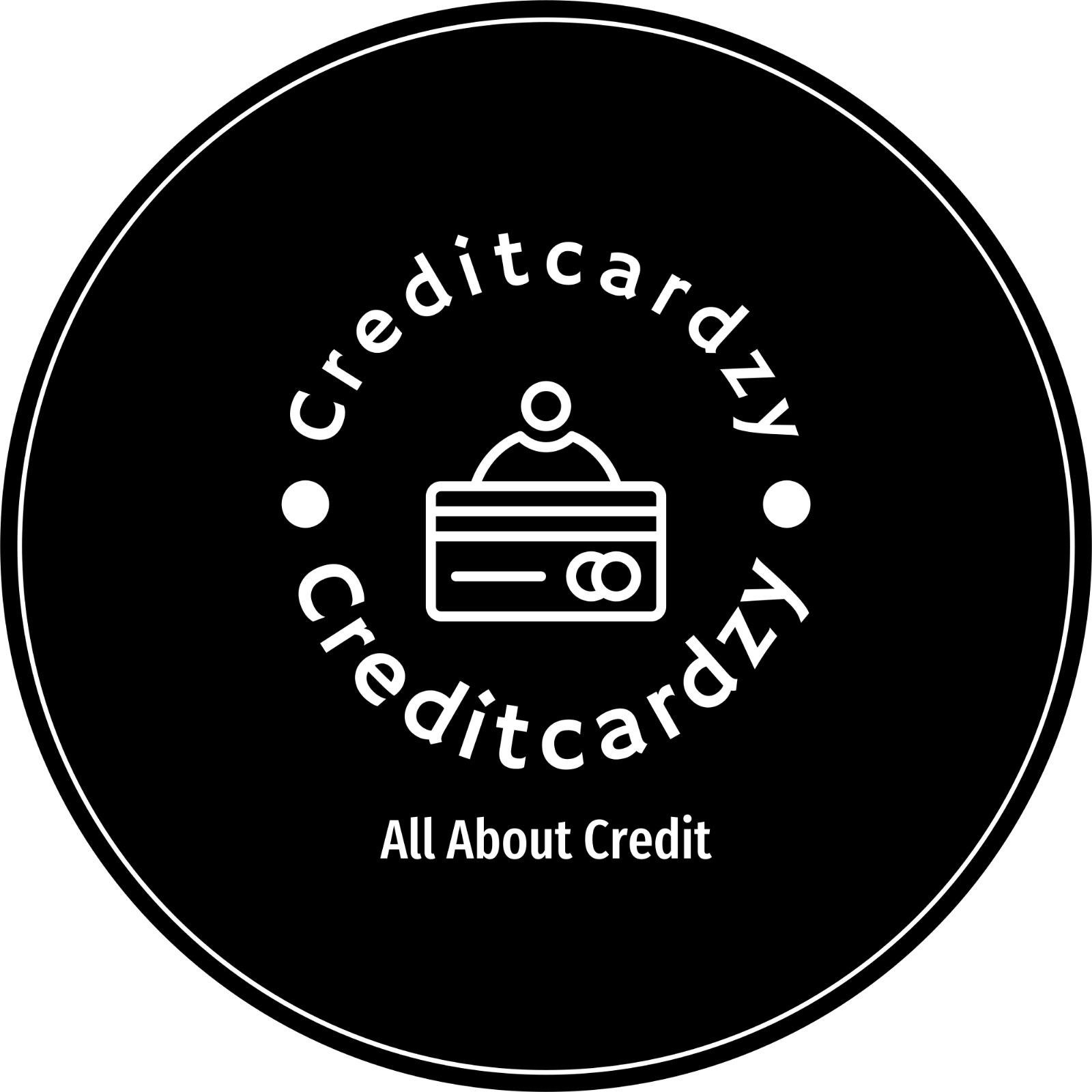Unsecured debt vs. secured debt
If you’re borrowing money, whether it’s through a credit card or a personal loan, you’re creating debt that you have to repay, usually with interest. However, not all debt is the same. There are two main types of debt: secured and unsecured. It’s important to understand the difference between the two, as it can have a significant impact on your financial situation.
Secured debt is a loan or line of credit that is backed by collateral. This collateral is something of equal value to what you’re borrowing. Examples of secured debt include mortgages, car loans, home equity loans or lines of credit, secured credit cards, and secured business loans. If you fail to make your payments on secured debt, the lender has the right to seize the collateral. This serves as a form of security for the lender, allowing them to offer lower interest rates because they have a source of collateral to fall back on.
Unsecured debt, on the other hand, is not backed by collateral. This means that there are no assets for the lender to seize if you default on payments. Examples of unsecured debt include most credit cards, personal loans, lines of credit, federal student loans, private student loans, peer-to-peer loans, medical debts, and small business loans. While you won’t risk losing any collateral if you default on unsecured debt, there can still be consequences such as debt collection efforts, lawsuits, wage garnishment, or bank account garnishment.
When it comes to determining which type of debt is better, it’s not necessarily a clear-cut answer. Secured debt can have lower interest rates because of the collateral involved, making it advantageous in some cases. For example, a mortgage is a secured loan that allows you to purchase a home, and it’s often considered a necessary and beneficial form of debt. On the other hand, unsecured debt, such as credit card debt, typically carries higher interest rates and is generally seen as less beneficial. However, certain unsecured debts, like federal student loans, are often considered “good” debt because they are used to invest in education.
Ultimately, what makes one type of debt better than another depends on various factors such as interest rates, fees, the purpose of the loan, and its impact on your overall financial situation. It’s important to handle all types of debt responsibly, as failing to make payments can have a negative impact on your credit score. Regardless of whether it’s secured or unsecured, defaulting on debt can result in a damaged credit score and other financial consequences.
If you have multiple debts, it’s helpful to have a plan for paying them off. The best approach may depend on the type of loan, interest rate, and your financial situation. For secured debts, it’s crucial to prioritize payments to avoid the risk of losing assets like your home or car. For unsecured debts, while there’s no immediate risk of losing assets, it’s still important to stay on top of payments to avoid negative impacts on your credit. Lenders and issuers may have options to help if you’re struggling to make payments, such as temporary forbearance or hardship programs.
In conclusion, understanding the difference between secured and unsecured debt is crucial for making informed financial decisions. Secured debt is backed by collateral, while unsecured debt is not. Each type of debt has its pros and cons, and what matters most is how you handle your debt and make payments. Responsible management of all types of debt is important for maintaining a good credit score and overall financial health.

